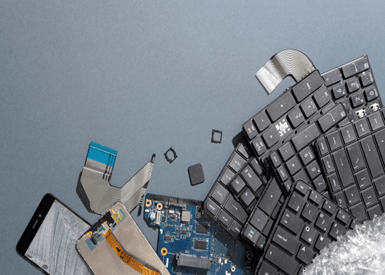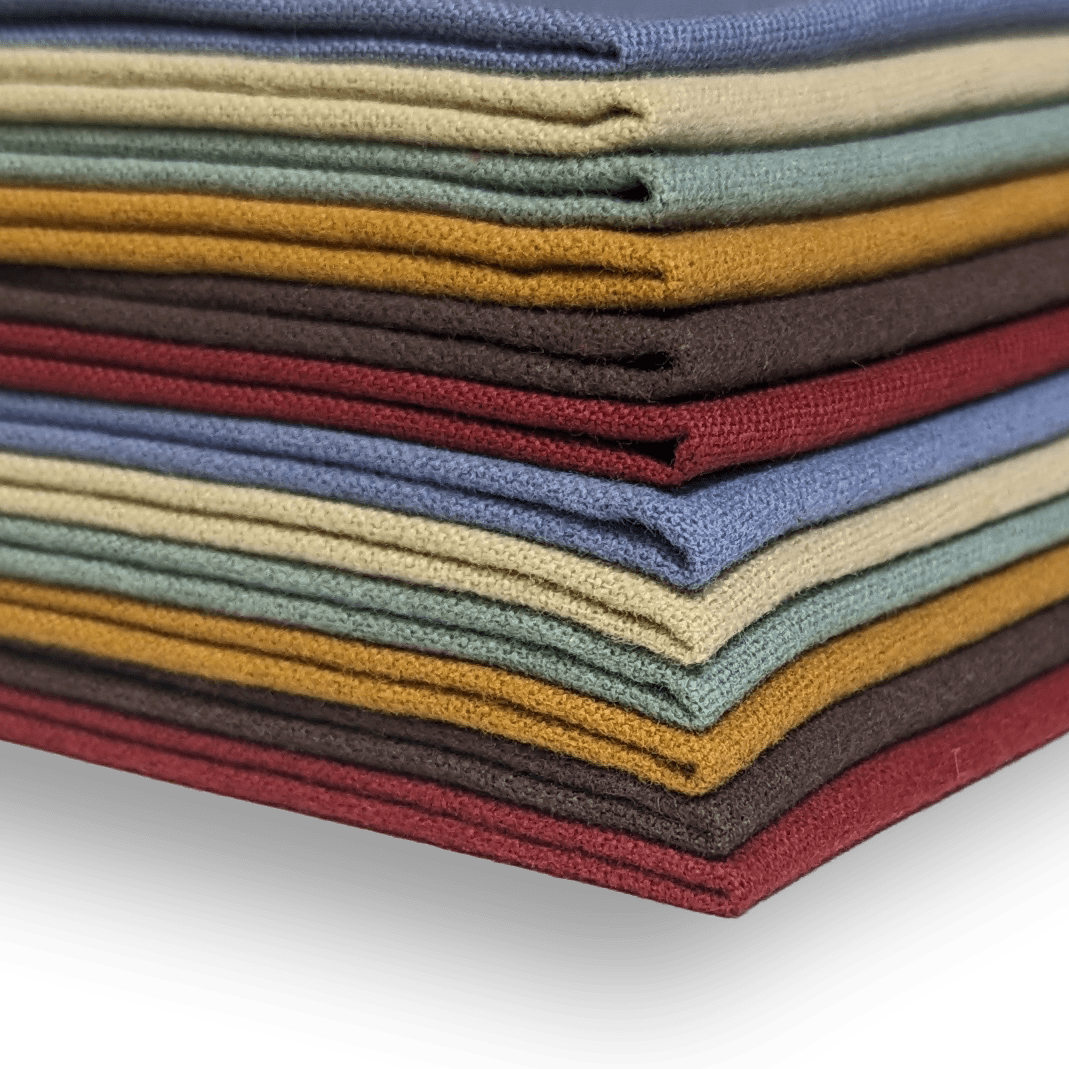Guest Post From Sustainable Jungle
Gratuitous use of what began as a cheap and cheerful material has blossomed into an all-out plastic crisis. If you think a floating mass of trash the size of Texas is just a dystopian fiction, think again.
Plastic not only impacts our environment but also our health. Take food storage for example. Each time you put food in plastic, you risk leaching and then ingesting carcinogens and neurotoxins.
Take a page from our zero waste kitchen recipe book and kick plastic out of the kitchen.
Environmental Dangers of Plastic Food Storage
Let’s start with the most obvious reason why you should stop putting food in plastic: pollution.
In the US alone, 2018 saw 27 million tons of plastic landfilled, up from 400,000 tons sixty years ago.
And food packaging is one of the largest sources of this waste, considering we use plastic at nearly every stage of the food prep and consumption process.
The three most common forms of consumer plastic food storage are plastic wraps, sandwich bags, and hard-sided plastic containers.
Over a six-month study, five million Americans went through 10 million boxes of plastic wrap. In 2020, at least 61.6 million US consumers used at least one sandwich bag per week, with 9.7 million using 21(!) or more.
The metonymously named tupperware that clutter our kitchens are usually made from either #4 LDPE or #5 PP, neither of which are commonly recycled by municipal recycling services. Ziploc bags have a paltry 0.2% recycle rate.
This is especially concerning when you consider plastic wrapping once (and to a more limited extent still does) contain polyvinyl chloride (PVC) and polyvinylidene chloride (PVDC).
These “poison plastics” are not only extremely difficult to recycle (resulting in 0.1% - 3% rates), but also highly toxic when they inevitably end up in the landfill releasing the pollutant dioxin.
Health Dangers of Plastic Food Storage
If that wasn’t enough to turn your stomach, the chemicals that plastic food storage products might be putting in yours surely will.
BPA, short for bisphenol A, is plastic’s most recognizable danger, linked to health effects like type 2 diabetes, heart disease, and high blood pressure.
In babies, exposure (even prenatally) may lead to hormonal, behavioral, and developmental problems. It’s no surprise the popularity of organic baby products is increasing year on year.
While most types of plastic food and beverage containers on supermarket shelves are now BPA-free—a combination of consumer awareness and legal bans—BPA is not the only pollutant that plastic leaches into our consumables.
Phthalates aren’t just ingredients to avoid in skincare (we always recommend natural skincare ingredients), but in food packaging, too.
While these chemical additives improve the flexibility and durability of plastic, they may also lead a host of negative health effects, including:
- Increased levels of oxidative stress (linked to aging, diabetes, immune dysfunction, and neurodegenerative diseases)
- Hormone disruption
- Sperm DNA damage and reproductive disorders
- Neurodevelopmental problems in children
- Possible carcinogenic (cancer-causing) effects
Makes you rethink tomorrow’s Tupperware, doesn’t it?
Last but not least, let’s talk about PVC and PVDC.
PVC is the most dangerous of all types of plastic.
While most PVC no longer contains phthalates, it does contain the known carcinogen vinyl chloride and the plasticizer diethylhexyl adipate (DEHA), which has been shown to cause adverse health effects in animal studies, though human data is limited.
Thankfully, not all plastic wrap contains PVC/PVDC as it once did.
GLAD recreated a less clingy version using low-density polyethylene (LDPE). Saran Wrap eventually changed their product to follow suit after consumers voiced health concerns.
Being relatively stable, polyethylene is considered the “most benign” of all plastics. But that’s still a far cry from safe.
Not all polyethylene is created equal, and it may still contain chemical fillers, plasticizers, and additives that can leach into food.
One study showed that while pure polyethylene resin did not leach, polyethylene food containers did, which increased with heat, duration of contact, and acidity.
Plastic Free Food Storage Alternatives
Don’t lose your appetite just yet.
Whether you’re a carnivore looking to freeze meat without plastic or a vegan hoping to keep your produce fresh for longer, plastic doesn’t need to be part of your recipe.
There are plenty of plastic free food storage options—some probably lurking in the back of your kitchen cabinets.
By that, we mean glass jars. Everyone has them, and if you don’t, you can source some on your next spaghetti night. Reused glass jars not only put to use something you might otherwise throw away, but they also have near-endless utility when it comes to cooking, storing, and preserving food at home.
Plus, glass is typically safe for reheating, whereas the dangers of plastic leaching increase upon heating, especially microwaving.
While glass is a good alternative to Tupperware-esque containers, it falls a little short of portability and flexibility. So, what are plastic-free alternatives for bags and wraps?
Compostable beeswax food wraps or those made of soy wax if you’re strictly vegan are great alternatives. Silicone bags are ideal plastic sandwich bags replacements.
Silicone—a rubbery polymer created from silica, (the most abundant material in the Earth’s crust) oxygen, carbon, and hydrogen—can be made safe enough even for use in medical procedures. Just be sure to double-check that it’s “food-grade” or “medical-grade”.
Environmentally speaking, silicone requires no crude oil, does not break down into microplastics, and can be recycled multiple times.
The only downside is that silicone recycling is still only offered in limited facilities. Our suggestion: save up your silicone with other difficult-to-recycle items and send them in bulk to TerraCycle.
If you’re packing food on the go, invest in some eco friendly lunch boxes that won’t be inviting plastic to your picnic (or office breakroom). Lunchboxes with stainless steel bodies and bamboo lids are not just a step toward healthier lunches, but they’re durable enough to last you a lifetime!
For drinking, we hope you’ve already ditched the single-use plastic water bottle, but you may want to rethink your reusable plastic ones, too. Instead, the healthiest and most eco friendly water bottles are plastic free water bottles made of stainless steel or glass.
Don’t forget to keep a metal straw on hand for the next time you treat yourself to a smoothie or iced coffee. Plastic straws are most often made of Polystyrene #6, yet another potential carcinogen and the 7th most collected piece of plastic waste from beaches.
Final Thoughts on Plastic Free Food Storage
You don’t need to be a zero waste convert to see the advantages of minimizing plastic use.
Think of adopting plastic-free food storage as a leap to having a healthier diet—without having to cut processed carbs and sugar.
The environmental benefit from cutting plastic out of your kitchen is just the cherry on top of your plastic-free dessert!



